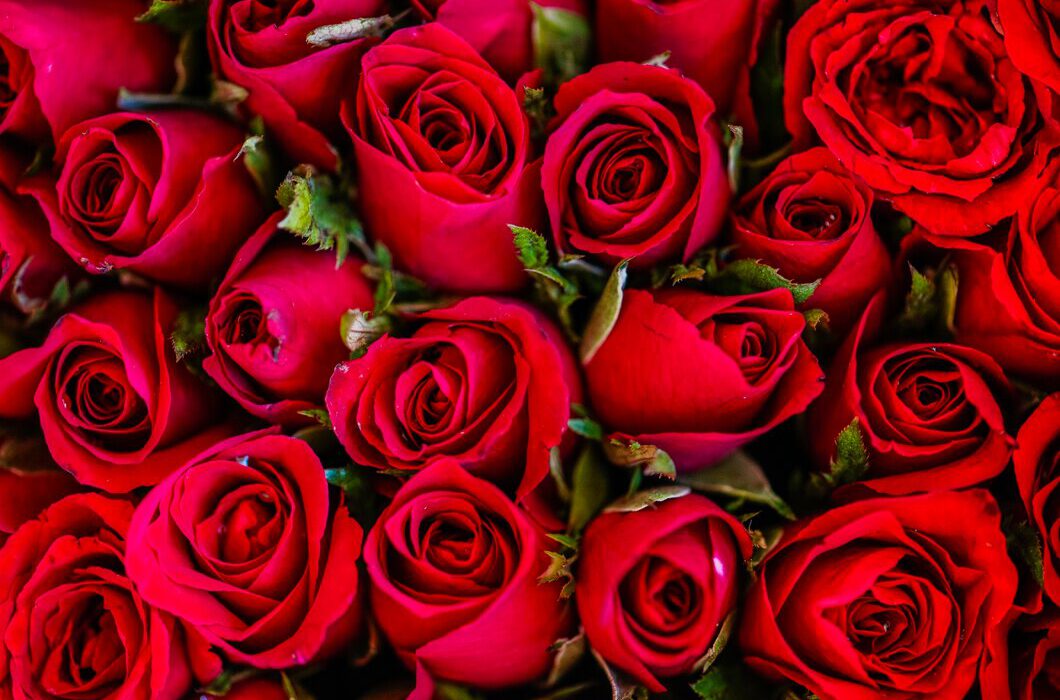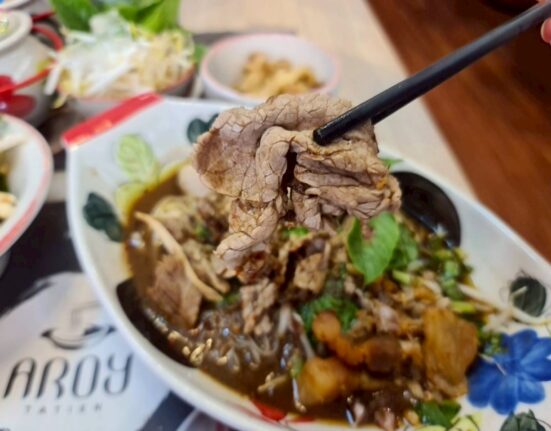Discovering the Environmental and Chemical Issues Linked to Rose Gifting
Story by Jakkrit Siririn
Valentine’s Day, a celebration of love, often includes the exchange of roses as a symbol of affection. However, let’s take a closer look at the potential risks hidden behind the seemingly innocent act of giving roses.
The tradition of gifting roses on Valentine’s Day dates back to the late 17th century when King Charles XII of Sweden encountered the art of “Flower Language” during his journey to Persia. This art involved using flowers to convey messages and emotions, with the red rose emerging as the ultimate symbol of love.
Over the years, the red rose has become the universal choice for expressing love on Valentine’s Day. However, this tradition might carry a hidden danger – the chemicals used to enhance the appearance of roses.

Ticy City encourages readers to consider the potential danger of roses this Valentine’s Day. While a small amount of anything may not be harmful, an excessive amount can be detrimental. In this case, we are referring to the chemicals used to coat roses, which may turn a gesture of love into a dangerous offering.

This Valentine’s Day, take a moment to reconsider the impact of giving roses. Instead of delivering a token of love, you might unwittingly be handing over a symbol of death due to the harmful chemicals present on the flowers.
Looking at roses from an economic perspective, they are not just romantic symbols but also economic assets. The production and trade of roses, especially during the Valentine’s Day season, contribute significantly to the flower market’s financial dynamics. The rose, often considered an economic flower, sees a surge in demand and value during this period.

On the agricultural side, roses are a valuable crop for farmers. The price of roses remains stable, and during Valentine’s Day, it can skyrocket, creating a competitive market for rose-related businesses. Whether selling roses for cultivation or cutting flowers for immediate sale, the rose market has become highly competitive in various regions across Thailand.
In the year 2023, extensive rose plantations covering approximately 2,000 acres were discovered in key provinces for rose cultivation in Thailand. These provinces include Tak, Chiang Mai, Loei, Nakhon Pathom, Kanchanaburi, Chiang Rai, Ratchaburi, and Chonburi.

Notably, the largest rose cultivation area is located in the Phop Phra district of Tak province, followed by Sam Ngam, Hod, Doi Saket in Chiang Mai province, and extending to areas in Loei and Nakhon Pathom provinces. Thailand has been exporting roses as fresh flowers for many years, with an average export value of 7,000,000 Baht per year. The largest export market is Singapore.
However, the rose industry has significant environmental impacts, particularly due to the intensive cultivation required to meet the demand for Valentine’s Day. To achieve the beautiful appearance of roses, high amounts of chemicals are used to protect them from pests and diseases.















Leave feedback about this